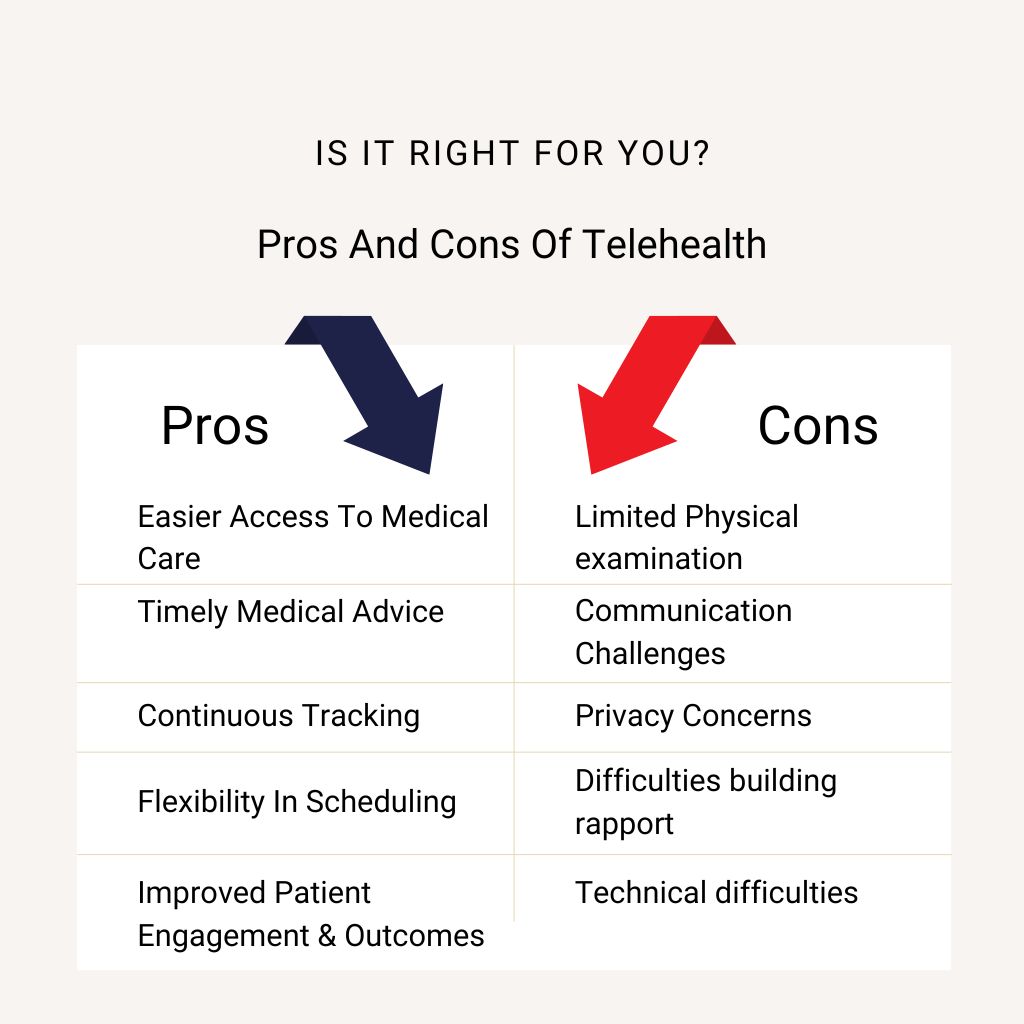Whether it’s the refreshing scent of citrus oils like orange and lemon, the soothing properties of lavender or chamomile, or the antimicrobial effects of tea tree and oregano oil, these botanical extracts offer a wide range of benefits for your skin.

How To Use Essential Oils on Skin
By following a few guidelines, you can safely enjoy the benefits of essential oils while addressing specific skin concerns.
Dilute with a Carrier Oil and Perform a Patch Test
Before applying essential oils directly onto your skin, it is crucial to dilute them with a carrier oil. Undiluted essential oils can be too potent and may cause skin irritation or sensitization. A carrier oil such as coconut oil, jojoba oil, or almond oil helps to reduce the concentration of the essential oil while providing nourishment to the skin.
Performing a patch test is highly recommended before using any new essential oil. This involves applying a small amount of diluted essential oil onto a small area of your skin and waiting for 24 hours to observe any adverse reactions. This simple step can help you determine if you have any sensitivity or allergies to that particular oil.
Enhance Your Skincare Routine
Incorporating essential oils into your skincare routine doesn’t have to be complicated. There are several ways you can use essential oils on skin for its therapeutic benefits.
- Massage: The most common way to use essential oils on skin is to dilute a few drops in a carrier oil, and massage the mixture into your skin. This is called an aromatherapy massage.
- Cleanser: Another simple way is to blend a few drops of essential oil with your favorite cleanser. For example, adding a few drops of lemon oil can help brighten dull skin, while chamomile oil can soothe sensitive skin.
- Bath: Another option is to add a few drops of essential oil to your bath. This creates a relaxing and aromatic experience while allowing the oils to nourish your skin. Lavender, eucalyptus, or ylang-ylang oils are popular choices for this method.
- Body Scrub: If you’re looking for a natural exfoliant, you can make a body scrub using essential oils.
Choosing the right oil for your skin type
Essential oils offer various benefits for different skin concerns. Whether you’re dealing with acne, dryness, or signs of aging, there’s an essential oil that can help address these issues.
- Acne-prone skin: Tea tree oil is known for its antibacterial properties and can help reduce inflammation and control breakouts. Mixing a few drops of tea tree oil with your favorite moisturizer or facial serum can enhance its effectiveness in combating acne.
- Dryness: Lavender oil is an excellent choice as it has soothing properties that help hydrate and calm the skin. You can mix a few drops of lavender oil with your moisturizer for added nourishment.
- Wrinkles and fine lines: Frankincense oil is often used due to its rejuvenating properties. Adding a few drops of frankincense oil into your favorite facial serum can help promote skin elasticity and reduce the appearance of aging signs.
- Sensitive skin: Lavender essential oil can be a great choice. Known for its soothing properties, lavender helps calm irritated skin and reduce redness. It also has antibacterial properties.
- Mature or aging skin: Rosehip seed oil is a popular choice due to its rejuvenating properties. It contains antioxidants and vitamins A and C that promote collagen production and improve elasticity—helping reduce the appearance of fine lines and wrinkles.
Finding the perfect essential oil for your skin type often requires some experimentation. Everyone’s preferences vary depending on their unique skin characteristics and personal preferences. Don’t be afraid to try different oils and observe how your skin responds.
Diluting Essential Oils with Carrier Oils
Carrier oils act as a base and help dilute the concentrated essential oils, making them safe for topical application.
Why Use Carrier Oils?
Despite diluting, carrier oils provide additional benefits to the skin:
- Oily skin: Explore grapeseed oil or jojoba oil. These lightweight oils can help balance sebum production without clogging pores.
- Dry skin: Consider using heavier oils like olive oil or coconut oil for deep hydration. These oils act as emollients, creating a protective barrier that locks in moisture and prevents water loss from the skin.
The 2% Dilution Rule
One important guideline to follow when diluting essential oils is the 2% dilution rate. This means adding approximately 12 drops of essential oil per ounce of carrier oil. Maintaining this ratio ensures that the concentration of essential oil remains safe for topical use without causing any adverse reactions.
Choosing the Right Carrier Oil
Selecting an appropriate carrier oil is equally important as choosing the right essential oil for your skincare routine. Different carrier oils have different properties and benefits for various skin types and conditions. For instance:
- Jojoba oil: Known for its similarity to our natural sebum, jojoba oil is suitable for all skin types and helps balance oily or acne-prone skin.
- Almond oil: Rich in vitamin E and antioxidants, almond oil nourishes dry and sensitive skin while soothing inflammation.
- Coconut oil: With its antimicrobial properties, coconut oil is ideal for treating skin conditions like eczema or fungal infections.
Proper Mixing and Blending
To ensure the essential oil is evenly distributed in the carrier oil, it is crucial to properly mix and blend them together. Here’s a simple step-by-step guide:
- Start by selecting your carrier oil of choice.
- Pour the desired amount of carrier oil into a clean glass bottle or container.
- Add the recommended number of drops of essential oil based on the 2% dilution rate.
- Close the bottle tightly and gently roll it between your palms to mix the oils thoroughly.
- Allow the blend to sit for a few minutes before applying it to your skin.
Properly mixing and blending essential oils with carrier oils ensures that each drop contains an appropriate concentration of essential oil, maximizing its benefits while minimizing any potential risks.
Proper Application Techniques for Topical Use
Proper application techniques are crucial to ensure maximum effectiveness and minimize any potential risks. Here are some effective ways to apply essential oils topically:
Massage: Once you have prepared your diluted blend, gently massage it onto clean and dry skin using circular motions. This technique not only aids in the absorption of the oil but also promotes relaxation and improves blood circulation in the area.
Essential Oil Safety: Dos and Don’ts
DO research
Each essential oil has its own unique properties, potential side effects, and recommended dilution ratios. By familiarizing yourself with this information, you can ensure a safe and enjoyable experience.
For example, some essential oils may be phototoxic, meaning they can cause skin sensitivity when exposed to sunlight. Others may have hormonal effects or interact with certain medications.
Furthermore, consider the quality of the essential oil you plan to use. Look for oils that are pure and free from additives or contaminants. Choosing high-quality oils reduces the risk of adverse reactions and ensures you are receiving the full benefits of the plant extracts.
DON’T apply undiluted oils
Undiluted or concentrated essential oils should never be applied directly onto the skin without proper dilution. These highly potent substances can cause irritation, sensitization, or even chemical burns when used undiluted.
DO consult with your healthcare provider if you’re pregnant
Some essential oils can pose a risks to both the mother and baby. Therefore, it is highly recommended for pregnant women to consult with their healthcare provider before incorporating any essential oils into their skincare routine.
DON’T contact with sensitive areas
Exercise caution when applying them around sensitive areas such as eyes, lips, or broken skin. Essential oils are potent substances and direct contact with these delicate areas may cause irritation or discomfort.
If you accidentally get essential oils in your eyes or experience any irritation, immediately flush the affected area with cold water.
DO allow sufficient time to fully absorb into the skin
After applying your diluted essential oil blend, it’s crucial to allow ample time for it to absorb into your skin before layering on other skincare products. This will ensure that the beneficial properties of the essential oils have enough time to work their magic.
Alternative: Essential Oil Diffusion
Diffusing essential oils is a fantastic alternative method without having to directly apply them to your skin. This technique involves using an aromatherapy diffuser to disperse the aromatic molecules into the air, creating a pleasant and soothing environment at home or in the office.
Benefits of essential oil diffusion:
- Purify the Air and Neutralize Odors: When you diffuse essential oils, they release tiny particles that can help eliminate airborne bacteria, viruses, and other pathogens. It can also effectively neutralize unpleasant odors.
- Creating a Pleasant Environment: Essential oil diffusion allows you to create a delightful ambiance in any space. The aroma emitted from your chosen oils can have an immediate impact on mood and emotions. For example, if you’re feeling stressed or anxious, diffusing chamomile or frankincense essential oil can promote relaxation and calmness.
Conclusion
Congratulations! You now know how to use essential oils on your skin. By following the dos and don’ts of essential oil safety, choosing the right oil for your skin type, diluting them properly with carrier oils, and applying them using the correct techniques, you can enjoy the numerous benefits that these oils have to offer. If you want to explore alternative ways to experience aromatherapy benefits, consider trying essential oil diffusion.
Now it’s time for you to put this newfound knowledge into practice and start incorporating essential oils into your skincare routine. Experiment with different oils and find what works best for you.
FAQs
Can I use essential oils on my face?
Yes, you can use essential oils on your face; however, it is important to exercise caution and dilute them properly before application. Some essential oils may be too strong for facial use or could cause irritation in sensitive areas such as around the eyes. Always do a patch test and start with a low concentration to see how your skin reacts.
How often should I apply essential oils on my skin?
The frequency of application depends on the specific essential oil and your individual needs. It is generally recommended to start with once or twice a day and observe how your skin responds. If you experience any adverse reactions, reduce the frequency or discontinue use.
Can I mix different essential oils together?
Yes, you can mix different essential oils together to create unique blends that suit your preferences. However, it is important to research and understand the properties of each oil before combining them. Some combinations may work synergistically, while others may not be compatible or could cause adverse effects. Always dilute properly and start with small amounts when experimenting with blends.
References
https://www.sciencedirect.com/science/article/pii/S2221169115001033
https://www.sciencedirect.com/science/article/pii/S1995764510601290
https://pubmed.ncbi.nlm.nih.gov/28252835/
You May Also Like
- How To Improve Gut Microbiome – 26 May 2024
- Chemo neuropathy treatment: What to do? – 19 May 2024
- How to Prevent Osteoporosis: Effective Strategies & Simple Steps – 28 December 2023









One response
[…] How To Use Essential Oils on Skin: Ultimate Guide27 August 2023 […]